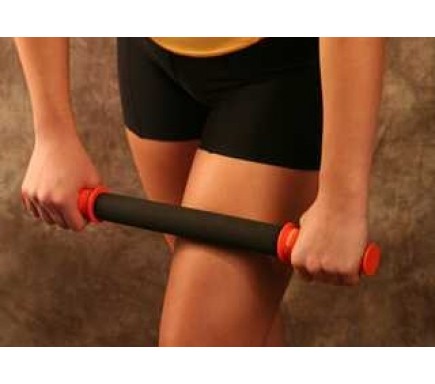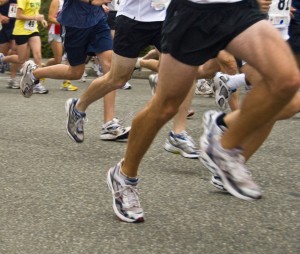So, if you know me well at all, you know my first “law of exercise” is to ALWAYS know why you do what you do. I read a newsletter by Mike Boyle yesterday. He talked about being a cook or chef when it comes to exercise. He advises those with less than 5 years of expereicne not to mess with the recipe much so to speak. Since I have been doing this for 12 years, I consider myself to be much more of a chef.
I am constantly creating and tweaking my programming to deliver the best results. So, when I decide to use a training aid or piece of equipment, I have to believe in it 100%. My athletes and adult clinets alike love bands, vests, balls and training toys if you will.
But, I have to remind them (and myself at times) that the training aid exists only to further advance the original exercise or its desired outcome. Using these things just for variety is not really a sound plan. Today, I have a short video for you that reveals four progressive ways to use the Thera-band stability trainer.
I have used this in the rehab setting and in my fitness programs with great success. Please note – all of the exercises I show you should be mastered on flat ground first. After that, the stability trainer adds a great new dimension to the exercises and provides a very natural disturbance to balance and stability throuhg the kinetic chain that exists in sport and life.
Now, these are a just a small sampling of some of my favorite Thera-band trainer drills. The cool thing about this item is that it comes in three different levels of difficulty moving from green (easiest) to black (hardest). I tend to prefer the blue as it is middle of the road, making it easy enough for those without the skill of an Olympian and yet challenging enough for even the more advanced athletes. However, starting with the green may be necessary for those with ankle/knee instability or limited experience with stability training.
You can grab your very own blue Thera-Band trainer in my OpenSky Shop. Click the image below to head on over and get free shipping for a limited time as well.








